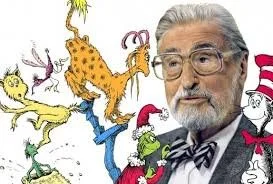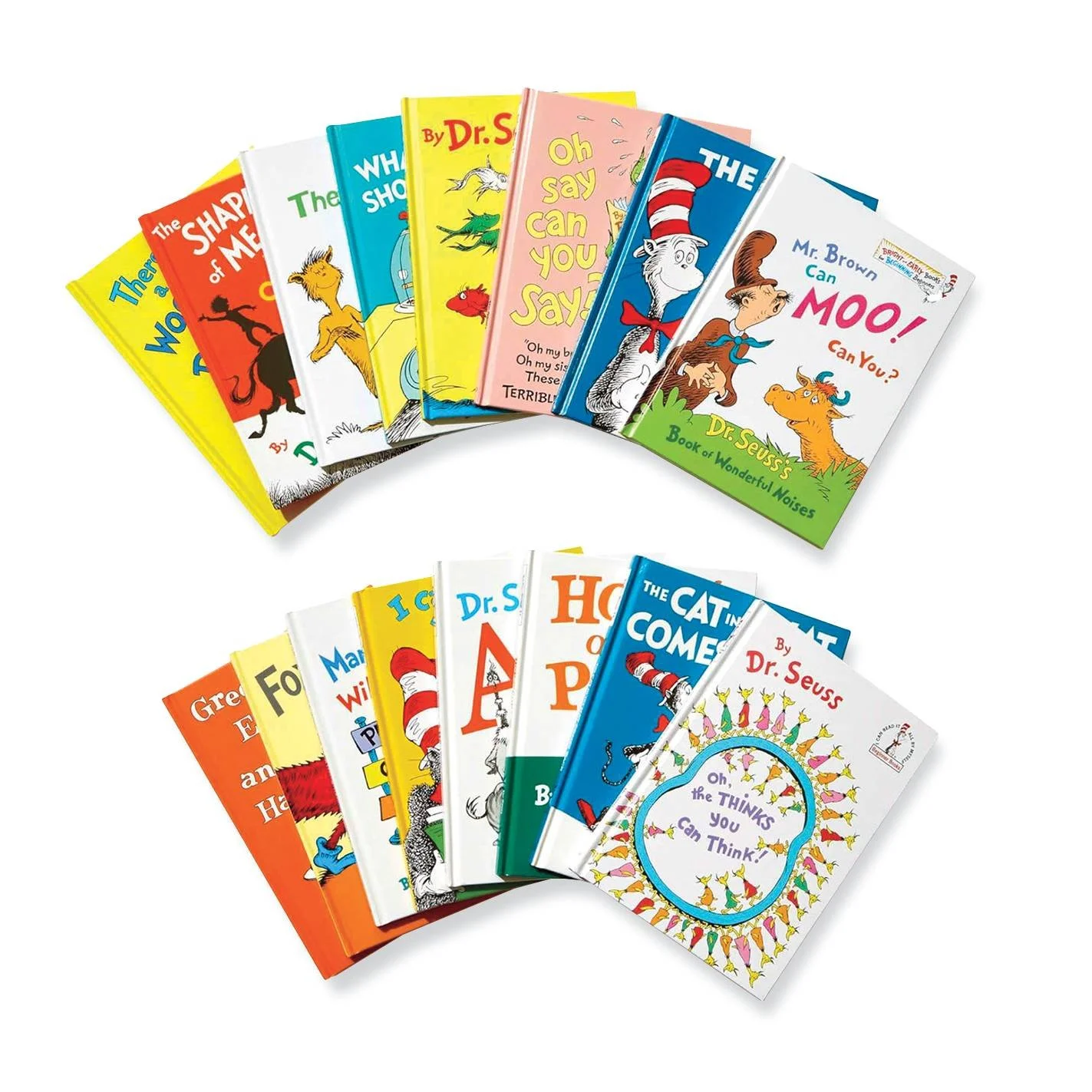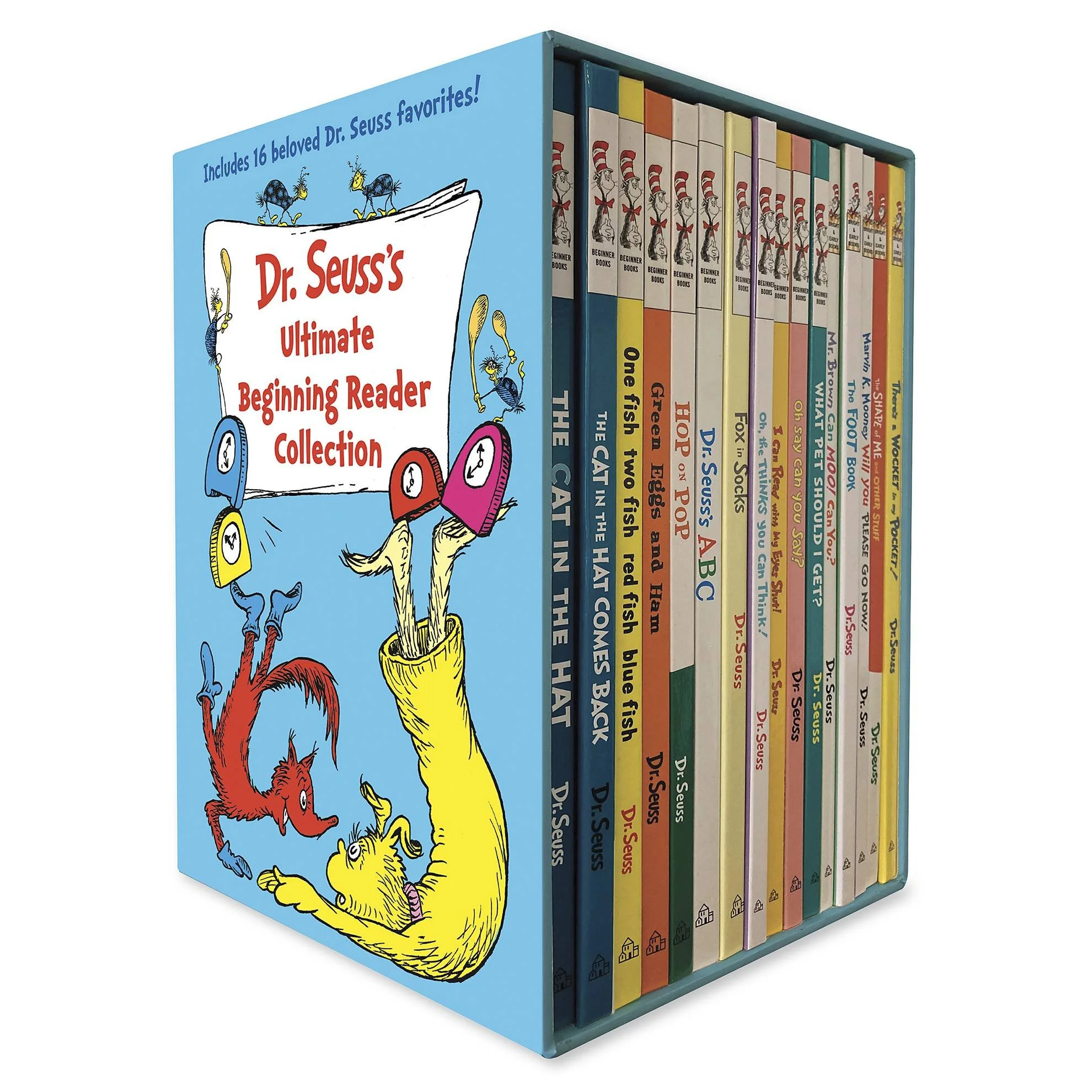The Magical World of Dr. Seuss: How One Man Changed Children’s Literature Forever
Few names in children’s literature are as instantly recognizable—or as joyfully rhymed—as Dr. Seuss. Born Theodor Seuss Geisel on March 2, 1904, in Springfield, Massachusetts, this imaginative author and illustrator forever changed the way children learn to read, dream, and think.
A New Kind of Storytelling
Before Dr. Seuss burst onto the scene, many children’s books were dry and moralistic. Seuss saw an opportunity to make reading fun. His first major success, “The Cat in the Hat” (1957), was written using only 236 simple words—chosen from a list designed to help children learn to read. The result was both educational and wildly entertaining.
From then on, Seuss’s signature rhymes, whimsical creatures, and vibrant illustrations became the gold standard for children’s storytelling.
Beyond the Rhymes
While his books delighted young readers, Dr. Seuss also wove deeper themes into his work.
“The Lorax” (1971) teaches environmental responsibility.
“Horton Hears a Who!” (1954) champions compassion and equality.
“Oh, the Places You’ll Go!” (1990) inspires readers of all ages to embrace life’s adventures and challenges.
Through playful verse and imagination, Seuss tackled big ideas—war, prejudice, greed, and hope—in a way children could understand.
The Seuss Legacy
Even decades after his death in 1991, Dr. Seuss’s impact endures. His books have sold over 600 million copies and been translated into dozens of languages. They’ve inspired movies, stage productions, and even a theme park. Most importantly, they’ve inspired generations of children to fall in love with reading.
Final Thoughts
Dr. Seuss didn’t just write stories—he built a universe where words dance, imagination reigns, and lessons linger long after the last page. As he once wrote:
“You’re off to great places!
Today is your day!
Your mountain is waiting,
So… get on your way!”
The Ultimate Dr. Seuss Beginning Reader Collection


